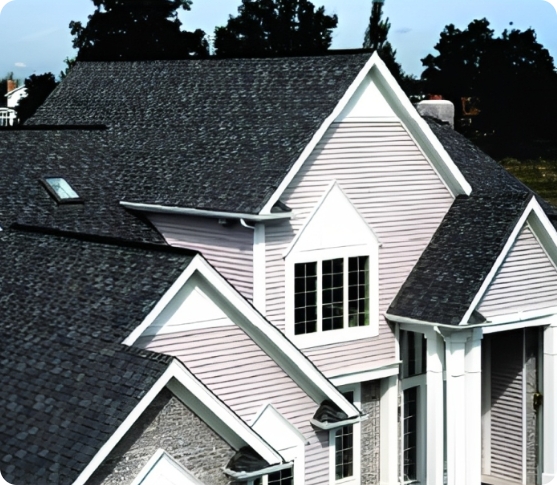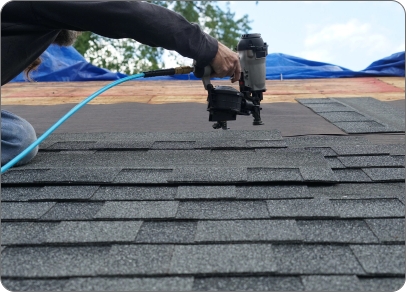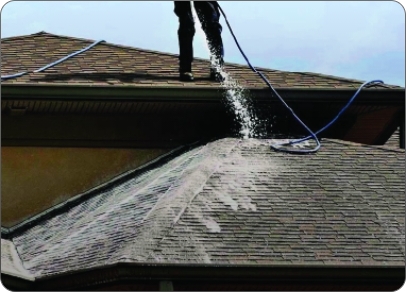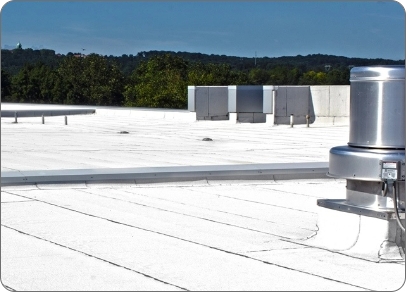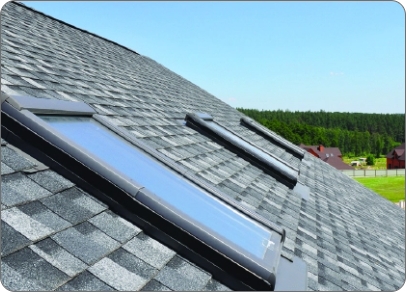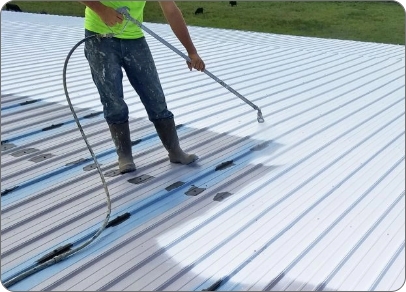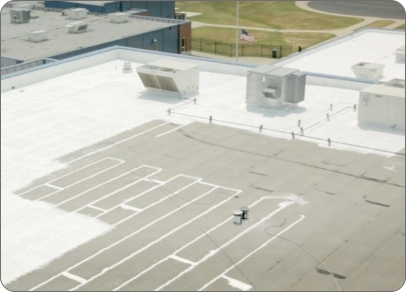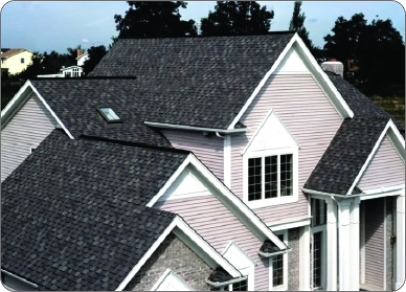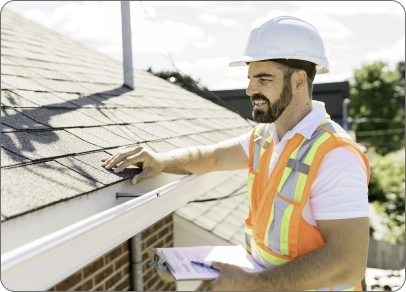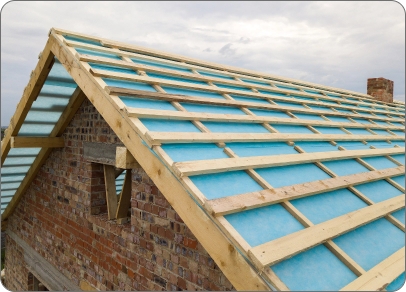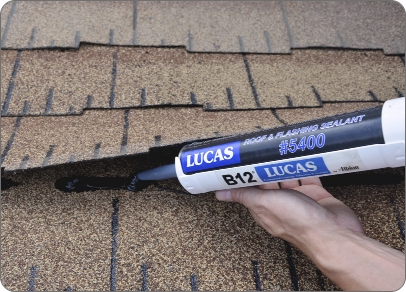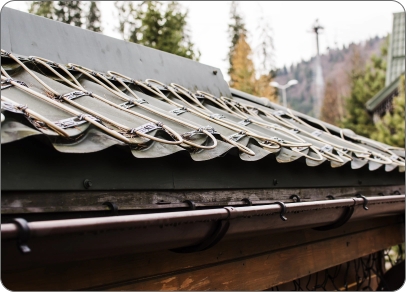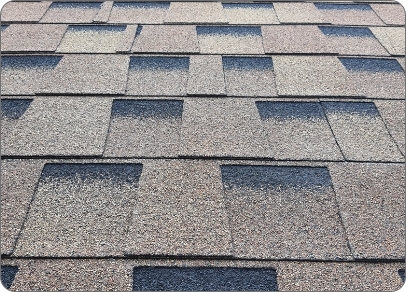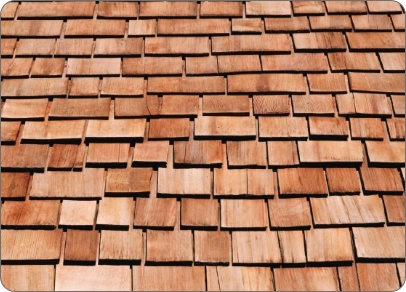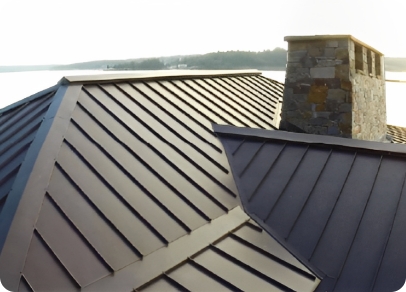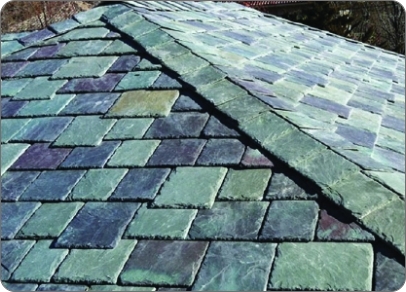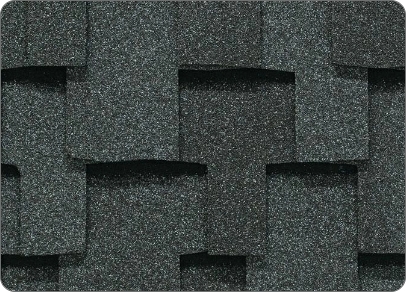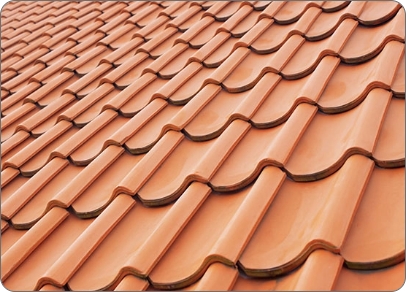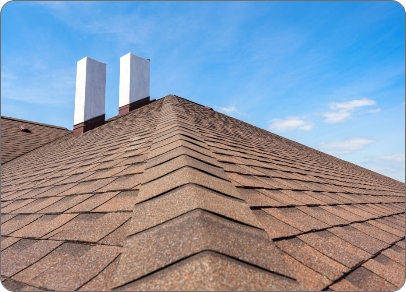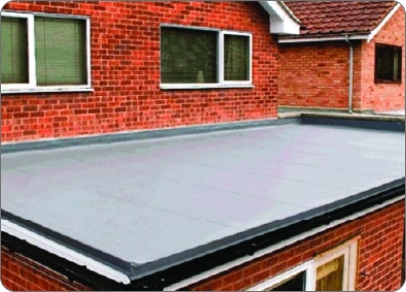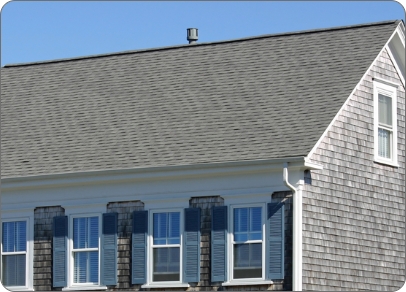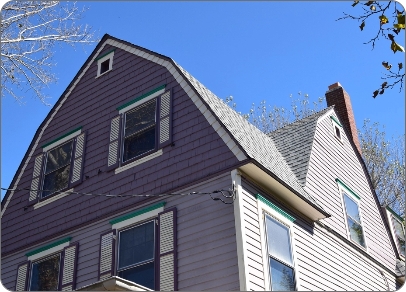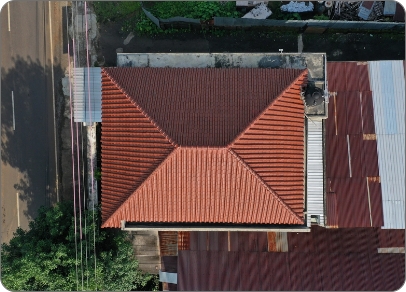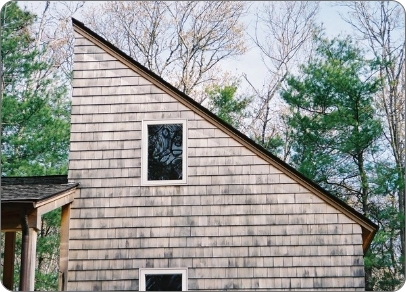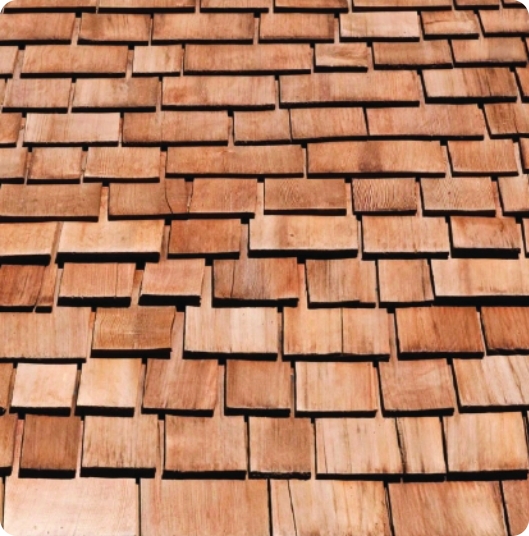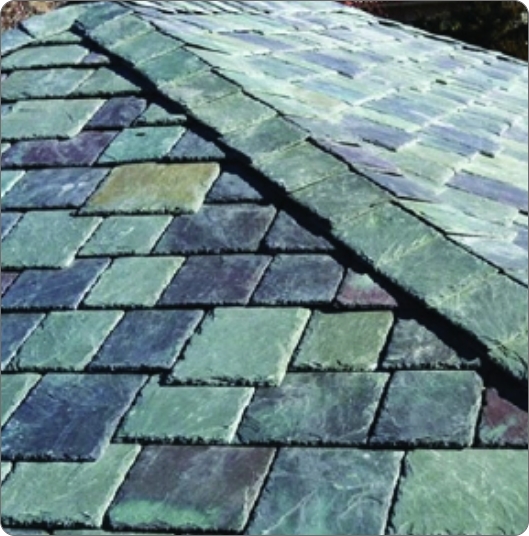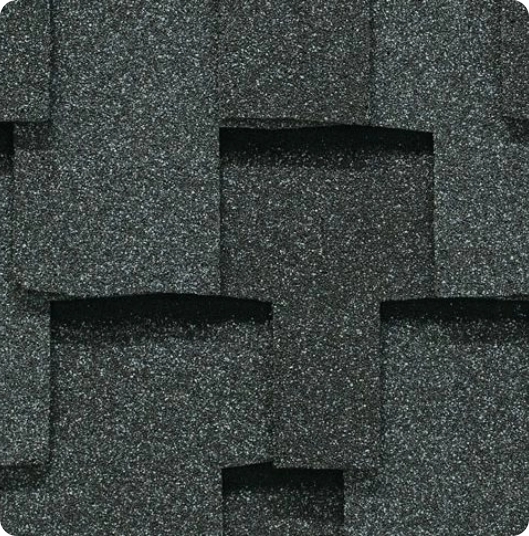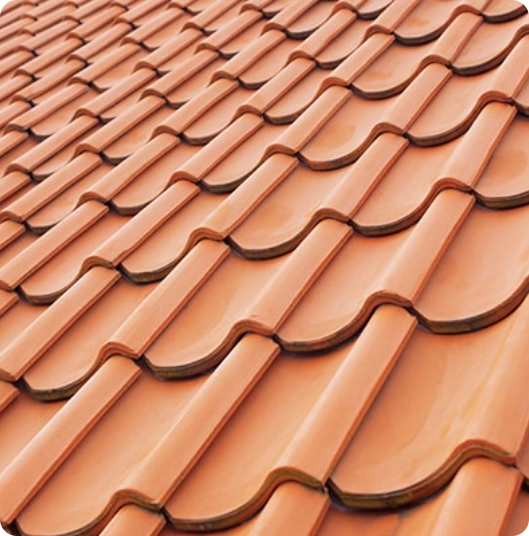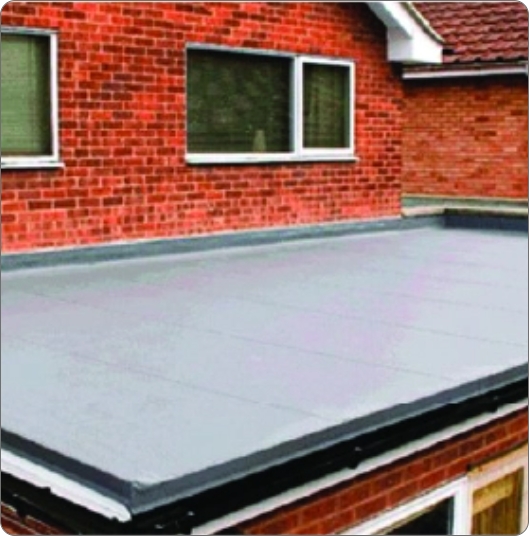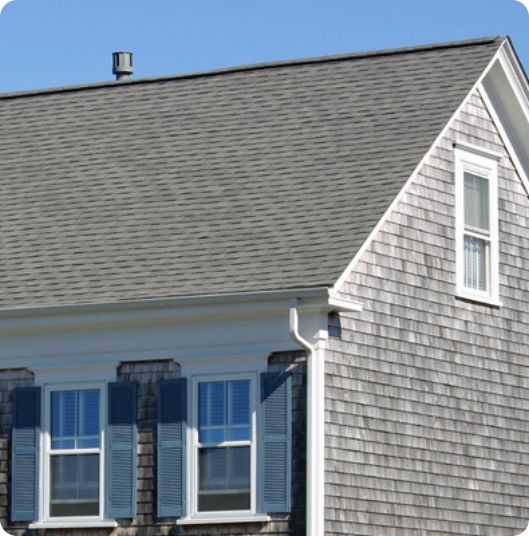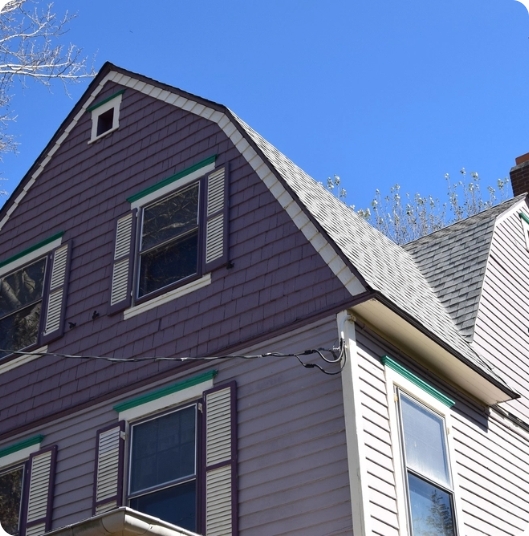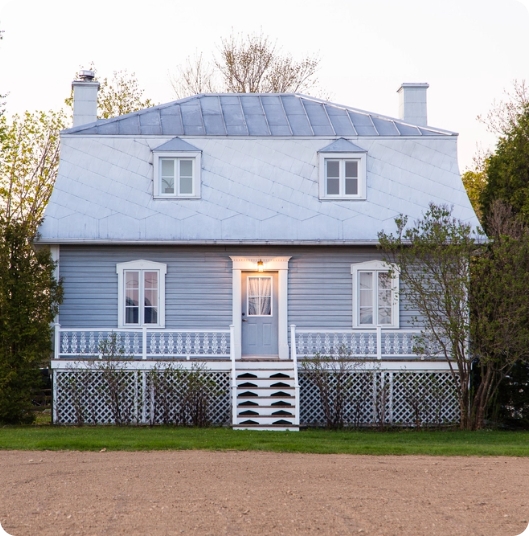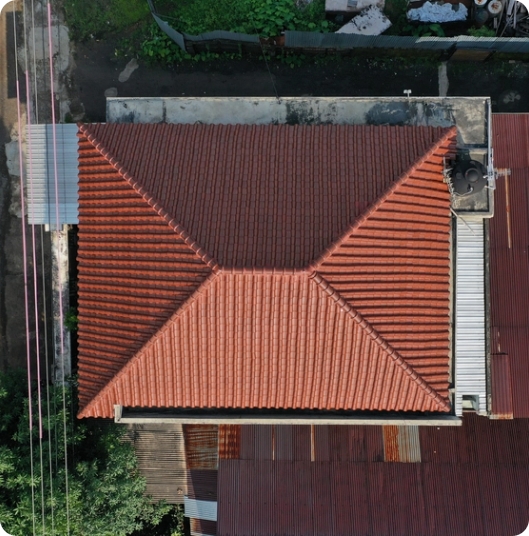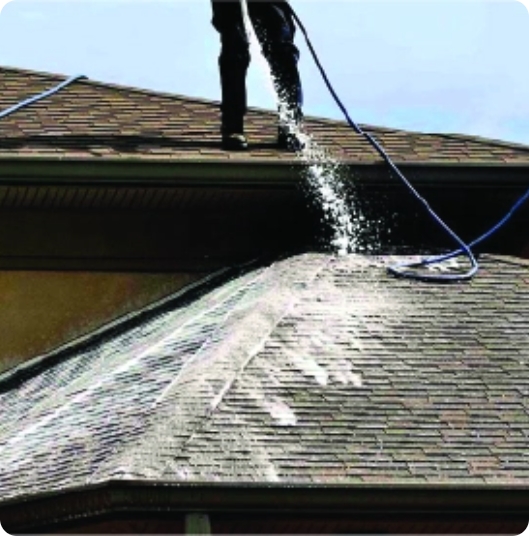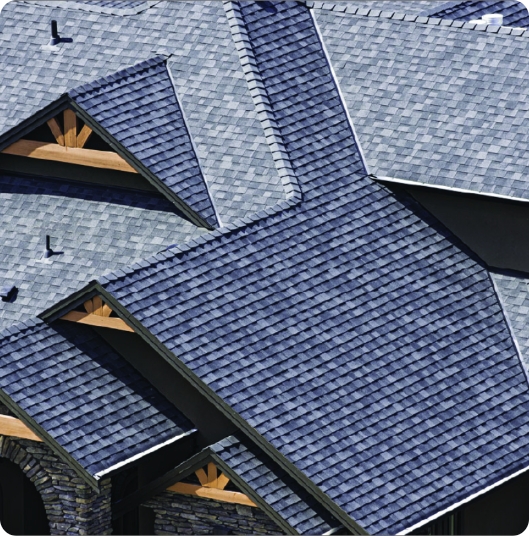
Asphalt Shingle Roofs
Asphalt shingles are the most common types of roofing materials for a reason: They are designed to protect a home through decades of exposure with minimal upkeep. They also come in a variety of colors and styles, so you can find one that complements your home’s exterior.
Shingles with higher asphalt content are known to last longer due to their increased density. Although fairly durable, asphalt shingles are still subject to damage, so your roof should be assessed after a major storm.
There are three major categories of asphalt roofing shingle products available: Strip (3-tab) shingles, Dimensional (Architectural) shingles and Luxury shingles. It is important to understand the difference in order to make the best decision for you and your home.
Strip Asphalt Shingles
Also known as three-tab shingles, strip shingles are the most basic asphalt shingles. Prior to the 1970’s strip shingles were the predominant roofing shingle on the market. Today, strip shingles are primarily used on inexpensive home builds or by homeowners who are replacing roofing shingles on homes that already have strip shingles on the roof.
Strip shingles are made from a single layer of asphalt and have a flat appearance. The exposed portion of the shingle is notched to create three tabs. The tabs are lined along their lower edges, making them look like they are one large piece.
Pros:
- Lightweight
- Most economical means to cover a roof
- The flat profile makes it difficult for the wind to get underneath the shingles or catch and lift a shingle
- Damaged shingles can be easily replaced
- Wide variety of colors and styles available
Cons:
- If strong wind gets underneath, their lightweight design makes them more susceptible to damage
- Over time, the oils contained in the shingles rise to the top and are washed away or dried out by the elements (which makes them weak and brittle)
- Largely obsolete, replaced by Architectural shingles on modern homes
Dimensional (Architectural) Asphalt Shingles
In the 1970’s manufacturers began producing thicker shingles that came to be called dimensional, or architectural shingles. Dimensional shingles have become the most prevalent asphalt shingle roofing material and feature a thicker layer of asphalt. The effect is a shingle with a thicker, “3D” appearance.
Dimensional shingles are engineered to replicate natural slate or wooden shake.
Pros:
- Stronger and thicker than strip shingles
- Longer service life span than strip shingles
- 6 nail installation method provides durability
- Most dimensional shingles are rated for 110-130 mph, which makes them suitable for use in high wind and storm prone areas
- Improved warranty protection
Cons:
- On low sloped roofs the higher profile makes them more susceptible to wind damage
- Asphalt shingles have a shorter lifespan than slate tiles
Luxury/Premium Asphalt Shingles
Luxury shingles are the highest quality laminated shingle available because they offer a differentiated, multi-dimensional appearance. In recent years, ultra-dimensional shingles have become a popular option for many homeowners because they are much thicker and offer premium protection and present a high-quality aesthetic.
Pros:
- Offers the most realistic representation of the old-world wood shake and quarried slate roofing materials
- Very durable because of their thickness
- High quality shingles can last a lifetime - up to 50 years
Cons:
- Expensive
Specialty Asphalt Shingles
Thanks to modern technology, many manufacturers now offer a variety of specialty products that exist across all asphalt shingle types. These include shingles that offer enhanced resistance to hail, cool roof color technologies that reflect the heat of the sun to keep homes cooler, and shingles that fight algae.
If you are interested in learning more about any type of asphalt shingle roofing products, give us a call anytime and we would be happy to meet with you and discuss options to fit your home and budget.

